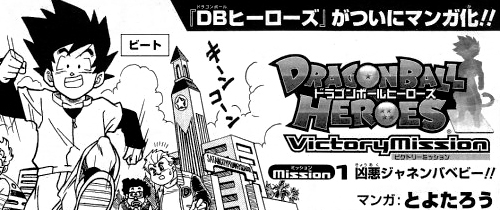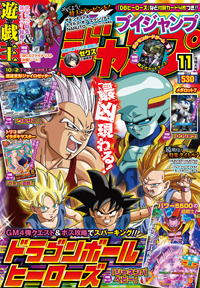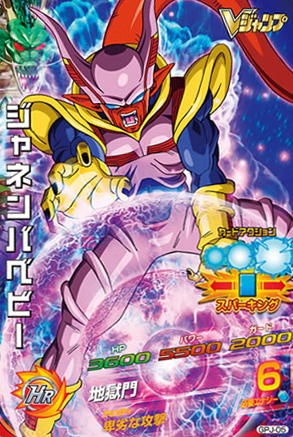Back on 17 July 2012, a few days after the new Dragon Ball Z movie was first announced, Toei released an official press statement for the movie. We unfortunately did not notice it at the time, and frankly, we stopped looking after scriptwriter Yūsuke Watanabe publicly confirmed our suspicions via his Twitter account. That being said, for the sake of completeness and to drive further fan discussion (i.e. speculation), now seems like as good a time as any to post it. The beginning of the press release highlights all of the franchise’s accomplishments and massive popularity worldwide. However, we have jumped down to the end and translated the real heart of the release covering different aspects of the movie:
The global phenomenon Dragon Ball is being made into a movie using Toei Animation’s latest technology, consistently realized as a Toriyama work, with the original author Akira Toriyama himself deeply involved from the script stage for the first time. An episode from between the animation series “Z” and “GT”, or in other words from the blank decade between the end of the battle with Majin Boo in chapter 517 of the manga and chapter 518, will be depicted for the first time.
Such well-known and charming characters as Kuririn, Piccolo, and Vegeta will all make an appearance. A new story in the official history of Dragon Ball is born, neither a spin-off nor a side-story, one that can be enjoyed by both children and parents, manga fans and anime fans.
All-in-all, the press release mostly contains information that has all been well-documented in our news posts up until now. There are however a few key points worth noting, such as the movie being a part of series’ “official history” and that it’s something both new and older fans of either the manga or anime will enjoy. Now all we need are some plot points, and as soon as they are available, we’ll be sure to get them to you!






